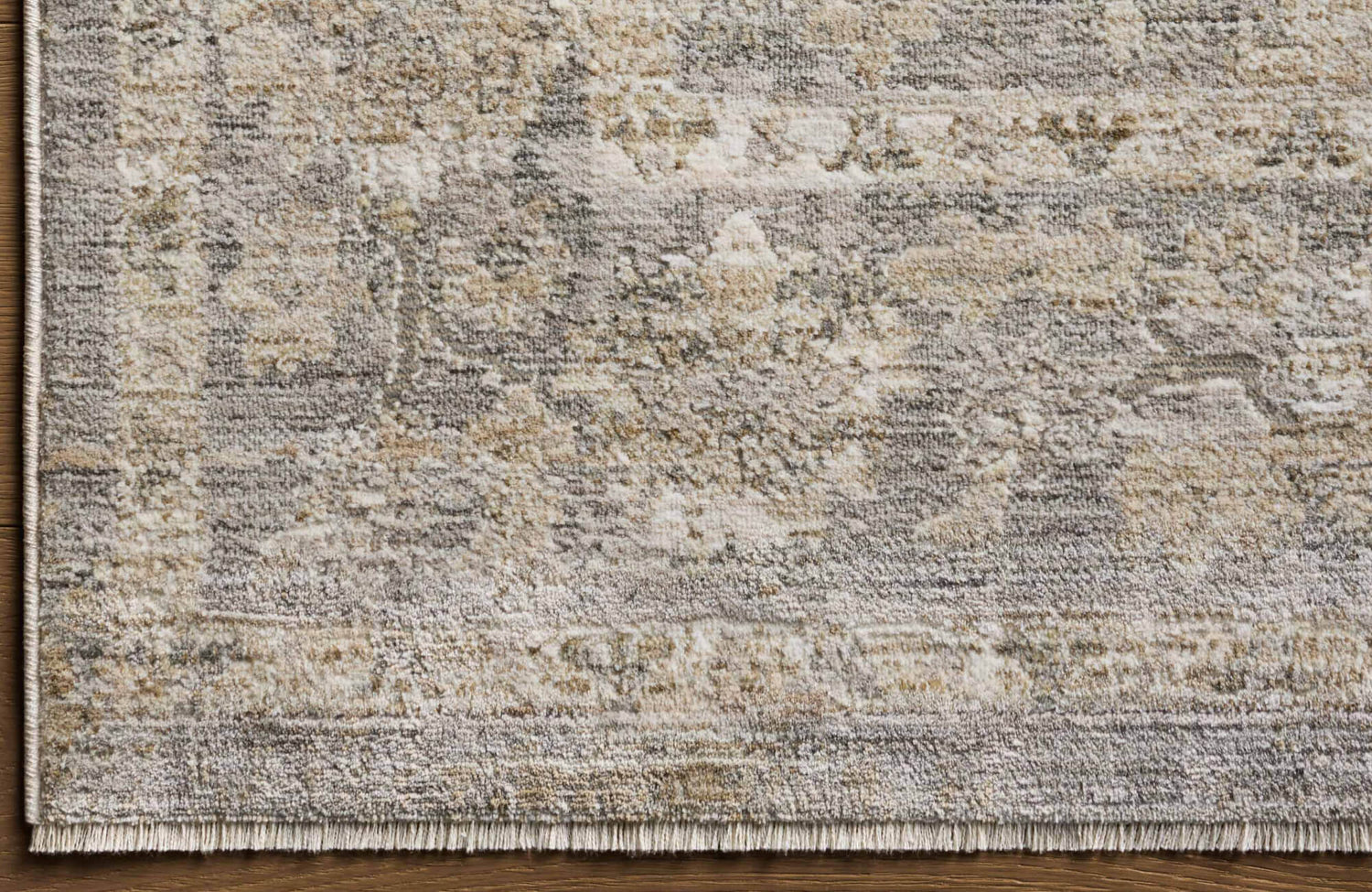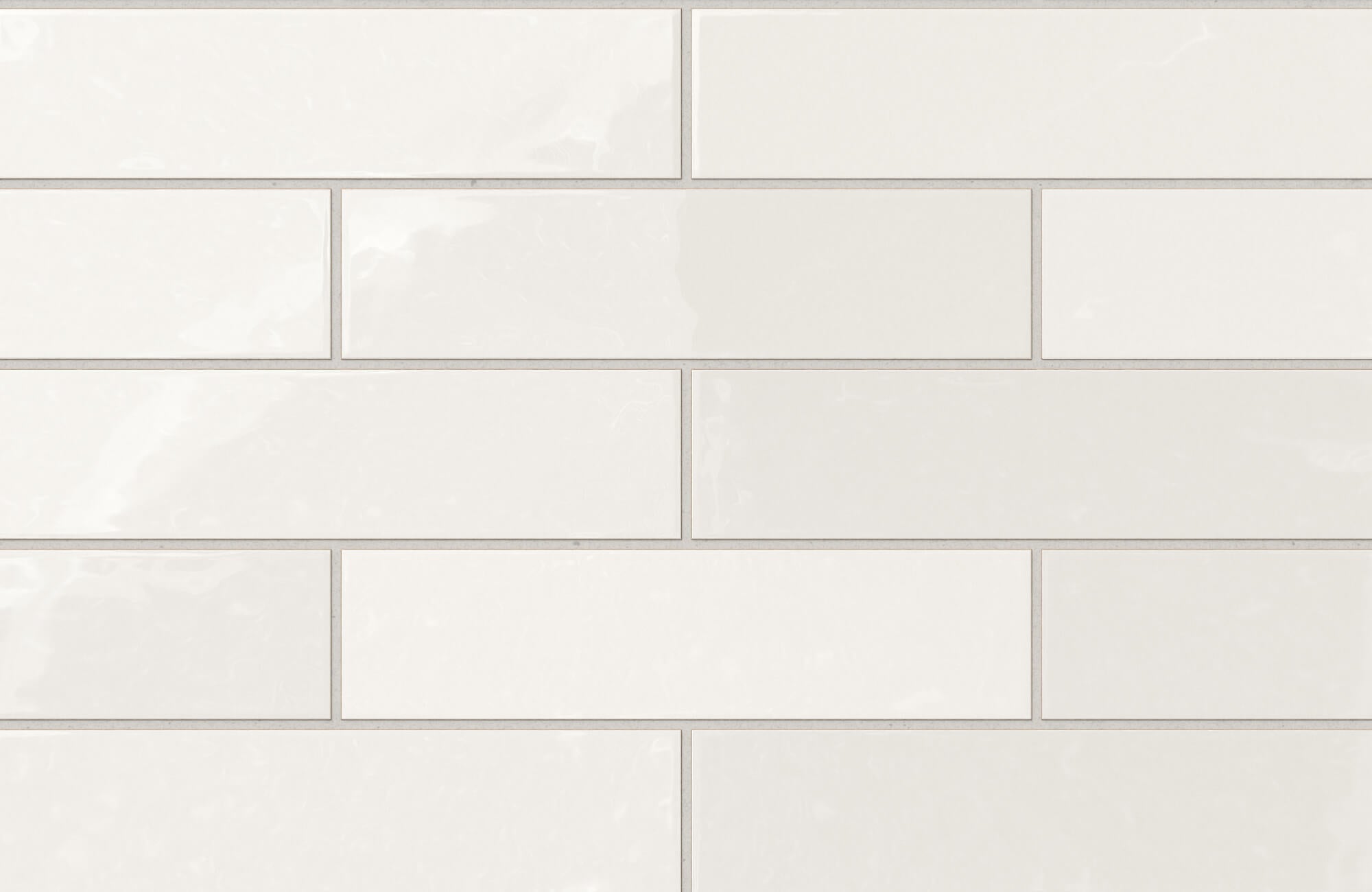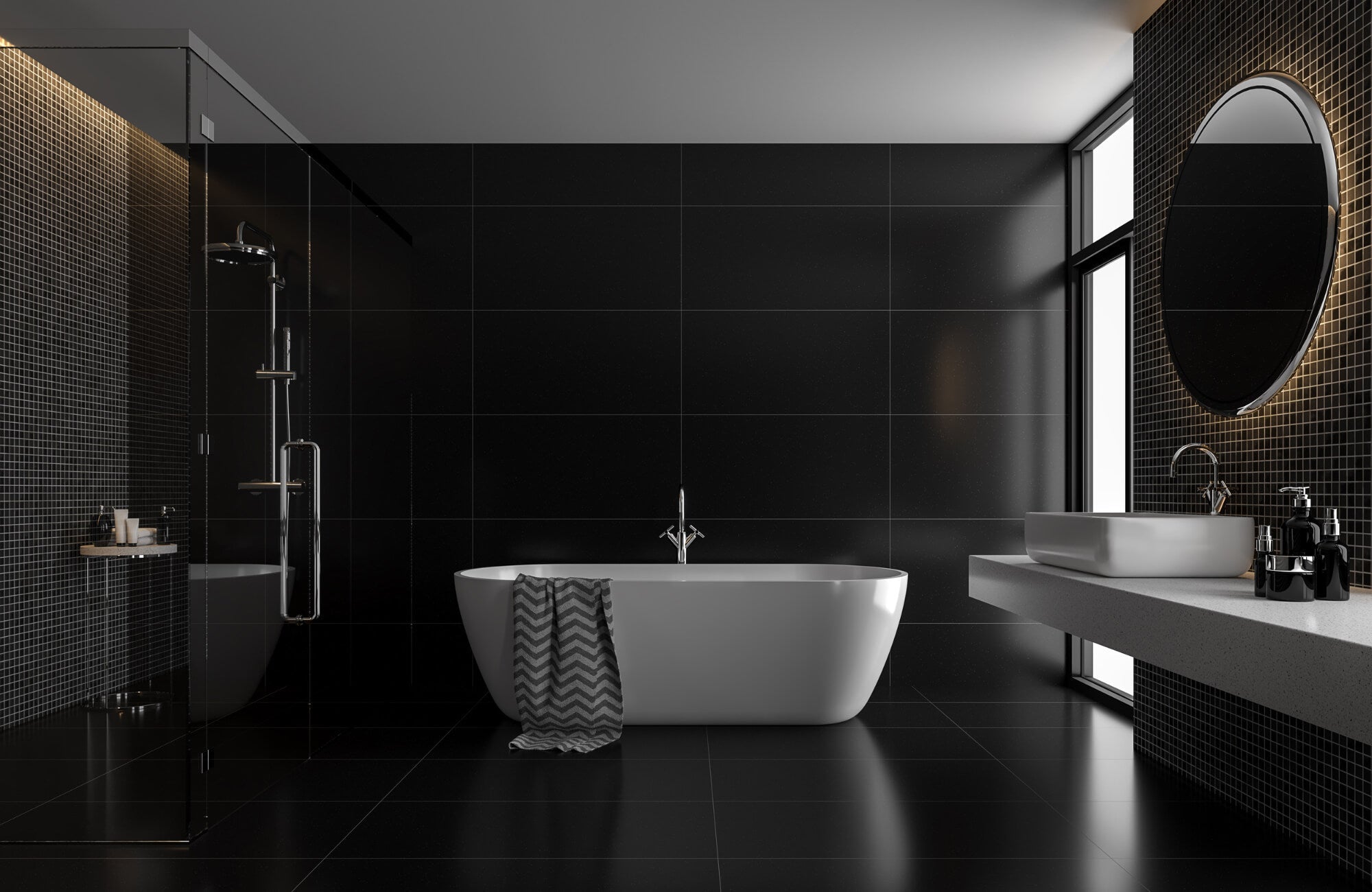A well-chosen rug does more than anchor a room; it softens footsteps, complements furnishings, and creates an inviting sense of comfort. Yet beneath its decorative charm lies a practical consideration: how well it conceals the realities of everyday life. From the inevitable footprints of busy mornings to the subtle scatter of dust and debris, some colors rise above others in their ability to maintain a polished appearance.
The secret lies not only in hue but in the interplay between tone, texture, material, and environment. This article is a curated journey through the elements that make a rug visually resilient, offering refined strategies for choosing colors that endure with grace. Whether in a quiet sitting room or a bustling entryway, the right selection can effortlessly preserve elegance with minimal upkeep.

Color Theory and Visual Soil Masking
Color is the most immediate factor influencing how clean or dirty a rug appears, often shaping first impressions. By understanding how specific hues and their properties interact with common household debris, you can make smarter color choices that reduce the visual presence of dirt.
Mid-Tones vs. Extremes
Rugs in medium shades, such as taupe, gray, or muted olive, tend to offer the best balance for concealing both light and dark particles without drawing attention to stains. Lighter colors often make even the smallest speck of dirt stand out, while very dark shades, like black, can emphasize lint and dust due to their high contrast.
Mid-tones work well because they minimize that contrast, helping the rug maintain a cleaner look between vacuum sessions. They also tend to harmonize better with other room elements without overpowering the space visually. A soft, neutral gray rug, for example, offers a grounded yet adaptable palette that hides surface dust while keeping the room feeling open. Edward Martin’s Leticia Wool Blend Rug in Ash, as displayed in the picture above, embodies this quality beautifully, pairing practical soil-concealing with understated elegance.
The Role of Undertones
Undertones subtly influence how a color is perceived in different types of lighting and against common indoor pollutants. Rugs featuring blended or layered undertones, such as greige, warm gray, or mocha, can help mask light surface dirt and uneven wear by diffusing sharp color transitions. Additionally, these tones create a visual complexity that prevents the eye from focusing on individual imperfections. As natural light changes throughout the day, the depth of undertones helps maintain consistency in appearance. This optical layering not only camouflages soil but also adds warmth and sophistication to the room. Ultimately, undertones enhance the rug’s ability to hide dirt while supporting a cohesive interior design.
Multicolor and Pattern Integration
Multicolor and patterned rugs are particularly effective at disguising soil due to their naturally fragmented visual texture. Flecked styles like Berber, abstract prints, or traditional motifs distribute color variations across the surface, breaking up the visual field and making stains harder to detect.
When paired with mid-tone or earth-tone color palettes, these designs create an overall surface that is both rich and forgiving of everyday mess. This makes patterned rugs especially well-suited for entryways, family rooms, and other high-use zones. Over time, the varied coloration also helps mask signs of wear, such as fading or matting. By using design complexity as camouflage, multicolored rugs offer both beauty and practical dirt resistance.

Texture and Construction’s Impact on Dirt Visibility
While color affects what the eye sees first, the texture and structural makeup of a rug determine how dirt is held, repelled, or revealed over time. Rug construction, particularly fiber shape, density, and twist, plays a vital role in maintaining a clean surface.
Pile Height and Density
Pile height refers to the length of the rug’s fibers, and density describes how closely those fibers are packed together—both factors significantly impact how a rug holds and displays dirt. Low-pile rugs with tight weaves are much easier to clean, as debris tends to sit on the surface instead of settling deep within the fibers.
High-density construction adds another layer of protection, helping the rug resist compression and retain its texture even in busy areas. This structural consistency prevents uneven wear that can highlight soiled paths or flattened spots. A perfect example is our Marcela Cotton Blend Rug in Crimson / Navy, as displayed in the photo above. It has a pile height of just 0.12 inches, delivering a low-profile surface that resists dirt entrapment while offering bold visual character through its rich color blend.
In contrast, high-pile rugs often trap debris and become matted, which draws more attention to dirt and wear. For lasting cleanliness and ease of maintenance, a low, dense pile is often the most effective option.
Yarn Twist and Fiber Behavior
Yarn twist refers to how tightly individual fibers are spun, and this small detail can have a big impact on dirt visibility. High-twist yarns are more resilient and tend to spring back into shape more effectively, preventing the kind of flattening that draws attention to dusty or worn areas. These tightly twisted fibers also create a smoother, more uniform surface that resists snagging and reduces the tendency for dirt to embed itself in the nap.
Over time, this structural integrity helps the rug maintain a neater, more consistent appearance. Lower-twist yarns, by contrast, can fray or loosen, creating pockets that trap soil and make the rug appear dingy. Choosing a rug with a high twist level enhances its ability to hide dirt while preserving its overall look.
Cut vs. Loop Pile
The construction of a rug, specifically whether it uses cut pile, loop pile, or a combination, also influences how dirt is handled visually and physically. Loop pile rugs have continuous loops that tend to trap dirt within the structure, keeping it out of sight until cleaned. This makes them a popular choice in commercial spaces where a clean appearance matters most. Cut pile rugs, with their exposed fiber ends, often show crushing and staining more readily, especially under repeated foot activity.
However, when combined in a cut-and-loop hybrid design, the varied texture adds dimension that helps scatter light and minimize visible soil. These hybrid designs also offer visual interest that softens the impact of uneven wear. For both aesthetics and practicality, loop and hybrid constructions offer strong dirt-hiding capabilities.

Material Composition and Stain Performance
Beyond appearance and feel, the fibers that make up a rug dictate how it interacts with dirt, stains, and environmental contaminants. Both synthetic and natural materials have distinct advantages and limitations when it comes to concealing and resisting soil.
Synthetic Fiber Performance
Synthetic rugs, particularly those made from polypropylene, nylon, or polyester, are known for their ability to resist staining and repel moisture. Polypropylene is particularly effective at shedding water and dirt due to its hydrophobic properties, making it ideal for areas prone to spills or damp shoes. Polyester, while not as durable under heavy wear, excels at resisting stains and maintaining vibrant colors.
In addition, the combination of polypropylene and polyester, such as the McGowan Polyester & Polypropylene Pile Rug in Moss / Sand, as featured in the picture above, merges the easy-clean, moisture-resistant nature of polypropylene with the rich color retention and softness of polyester, resulting in a balanced, performance-driven textile ideal for active households. Meanwhile, nylon offers superior strength and abrasion resistance, especially when solution-dyed, which locks color into the fiber and prevents fading. These fibers also tend to release dirt more easily during vacuuming, which helps maintain their appearance over time. For busy environments or homes with kids and pets, synthetics provide dependable, low-maintenance performance.
Natural Fiber Characteristics
Natural fibers like wool, cotton, and silk bring a rich, organic aesthetic but can be more prone to visible dirt and staining. Wool, in particular, has natural oils that help repel water-based spills, yet it can still absorb oily substances and hold onto dirt within its crimped structure. Cotton is also highly absorbent and tends to show stains quickly, requiring more frequent and careful cleaning.
Silk, prized for its sheen and softness, is delicate and easily damaged by moisture, dust, and cleaning agents. These materials typically require professional care to maintain their appearance over time. While luxurious and beautiful, natural fiber rugs are best suited for spaces where soiling is minimal and maintenance can be more meticulous.
Stain-Repellent Technologies
Modern manufacturing techniques have introduced protective treatments that significantly improve a rug's resistance to staining. Products like Scotchgard™ and Teflon® create a clear, invisible layer on the fiber’s surface that causes liquids to bead up rather than soak in. This allows spills to be wiped away easily before they become permanent stains.
Some treatments also include antimicrobial agents that help prevent bacteria and odor buildup, especially beneficial in homes with pets or young children. Although effective, these treatments can wear off over time and may require reapplication to remain fully functional. Nonetheless, they offer a critical layer of defense that enhances the performance of both synthetic and natural rugs. When combined with thoughtful material and color choices, these treatments can significantly reduce visible dirt and wear.

Ceramic as a Low-Maintenance Rug Alternative
For those seeking the look of a rug without the upkeep, ceramic tiles offer a compelling solution. With new technologies that replicate the warmth and pattern of woven fibers, ceramic has emerged as a practical and stylish flooring alternative in high-soil environments.
Design Versatility
Today’s ceramic tiles can replicate the intricate designs of Persian rugs, Moroccan patterns, or modern geometrics with remarkable realism. Advanced printing techniques fuse these visuals into the glaze, resulting in long-lasting, fade-resistant surface graphics. These styles also allow homeowners to enjoy the appearance of texture and pattern without the vulnerability of fabric. Textured finishes can even mimic the softness of the pile, creating the illusion of a woven surface. This blend of beauty and function makes ceramic a top choice for transitional spaces like foyers or laundry rooms. Its design flexibility means you can tailor the look to fit nearly any interior aesthetic.
Hygienic and Stain-Resistant
Ceramic’s naturally non-porous surface makes it highly resistant to both dirt and microbial buildup. Unlike textiles, it does not trap allergens, moisture, or pet dander, making it especially advantageous for allergy-sensitive households. It can also be cleaned thoroughly with standard household products, eliminating the need for vacuuming or specialized detergents. Even in spaces with heavy daily use, ceramic maintains a hygienic, fresh appearance with minimal effort. This makes it a smart investment for kitchens, mudrooms, and healthcare environments. With ceramic, the concern about stains and dirt buildup is virtually eliminated.
Durability and Maintenance
Ceramic flooring is one of the most durable surfaces available, capable of withstanding heavy foot use, furniture movement, and even outdoor exposure without visible wear. Unlike rugs, it won’t compress, fade, or fray over time, even with repeated cleaning. Maintenance is simple—sweeping and mopping are usually all that’s required to keep the surface spotless. There’s no need for costly shampooing, deodorizing, or fiber restoration.
Edward Martin’s Marsden 3x10 Matte Ceramic Tile in Almond, as shown in the photo above, captures this durability beautifully with its warm terracotta tones, matte texture, and organic speckling, offering both visual richness and a practical ability to disguise dust and scuffs in busy spaces. Additionally, ceramic's resistance to fading means its aesthetic appeal remains intact for decades. As a long-term solution, ceramic offers the look of luxury with the performance of industrial-grade flooring.
Environment, Lighting, and Lifestyle Alignment
Choosing the right rug color involves more than just preferences; it requires a close look at your surroundings, daily habits, and how the space is used. Environmental conditions and user lifestyle greatly affect how visible dirt becomes over time.
Geographic and Seasonal Variables
The type of dirt tracked into a space depends heavily on location. In cities, soot and fine airborne particles often settle on rugs, making medium to dark gray tones effective at hiding this type of residue. Coastal or desert homes, by contrast, see more light-colored dirt like sand, which blends better into beige, taupe, or variegated patterns.
Seasonal changes also influence the nature of dirt—mud in spring, dry leaves in fall, and slush in winter—all of which show differently on various rug colors. Rugs used in four-season climates should therefore offer a balanced tone that masks a range of soils. Aligning color with environmental factors allows your rug to stay visually cleaner through every season. This strategy ensures long-term practicality without sacrificing design intent.
Household Composition
Different household dynamics demand different rug characteristics. Families with young children or pets benefit most from dark, patterned rugs that can hide stains, crumbs, fur, and toy marks. High-durability fibers like solution-dyed nylon are particularly effective in withstanding this level of wear while maintaining a consistent appearance.
For elderly occupants or individuals with limited mobility, low-pile rugs in mid-tones offer stability and reduced cleaning demands. Allergy-prone households should opt for rugs with antimicrobial treatments that deter dust mites and reduce airborne allergens. A rug aligned with your daily life will not only last longer but also stay cleaner with less effort. Matching material and pattern to lifestyle ensures both comfort and ease of maintenance.
Interior Lighting Influence
Lighting dramatically alters how rug colors appear and how visible dirt becomes. In brightly lit spaces, dark rugs can show dust more easily due to shadow contrast and light reflection. On the other hand, overly light rugs may appear dingy in artificial light or shadowed corners, even if they’re clean. Rugs in balanced tones like warm gray, clay, or oatmeal tend to handle both natural and artificial light well, creating an even, soft appearance.
Additionally, patterned or textured surfaces break up light reflection, minimizing the visibility of footprints or wear paths. Choosing rug colors that complement your room’s lighting conditions will make maintenance easier and visual consistency more achievable. The right color-light pairing creates a clean, inviting environment regardless of time or season.
Achieving Elegance Through Practical Rug Selection
Understanding what rug color doesn’t get dirty involves a nuanced look at how color, texture, material, and context work together to manage visual cleanliness. From the strategic use of mid-tone shades and high-twist fibers to innovative alternatives like ceramic tiles, there are multiple pathways to maintaining a clean-looking space. Every choice, down to lighting and how people move through a space, can influence how dirt appears and how often maintenance is needed. By aligning rug characteristics with your environment and lifestyle, you create a floor surface that is both visually appealing and functionally resilient.
If you're considering a rug upgrade or a complete flooring redesign but aren't sure where to start, Edward Martin’s design professionals are here to guide you. We bring tailored expertise in materials, finishes, and spatial planning to ensure your selections not only look beautiful but perform exceptionally well in your specific environment. Whether you're leaning toward a bespoke rug, resilient flooring, or exploring innovative alternatives like ceramic, our team can help translate your needs into design solutions that stand the test of time. Contact us today to schedule a consultation and take the first step toward a cleaner, smarter, and more elegant space!








